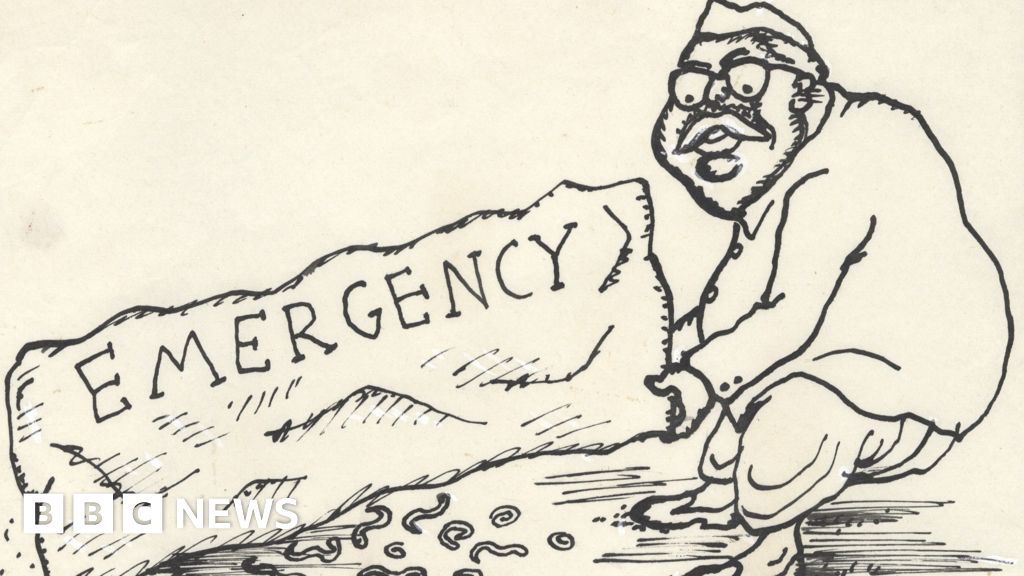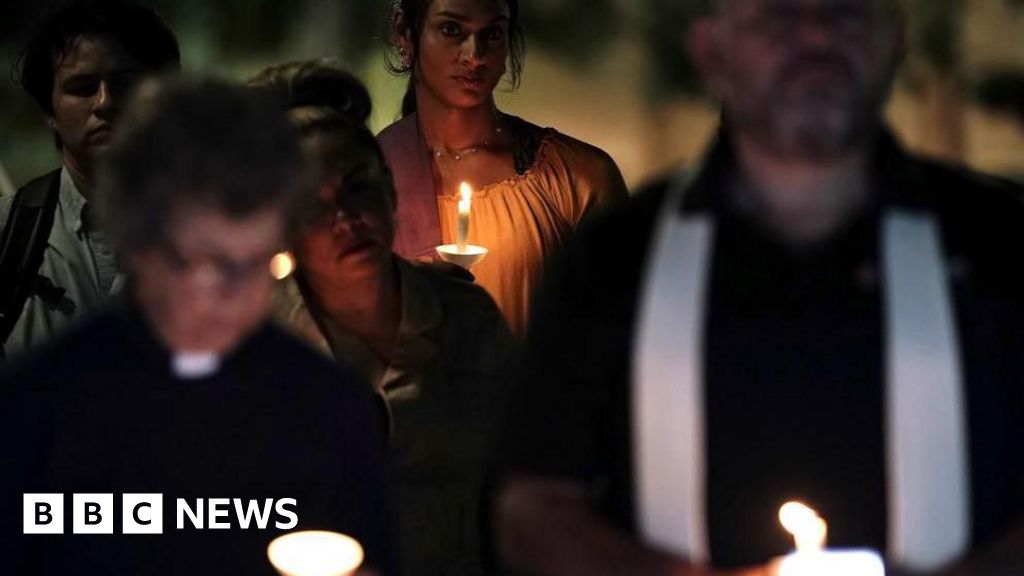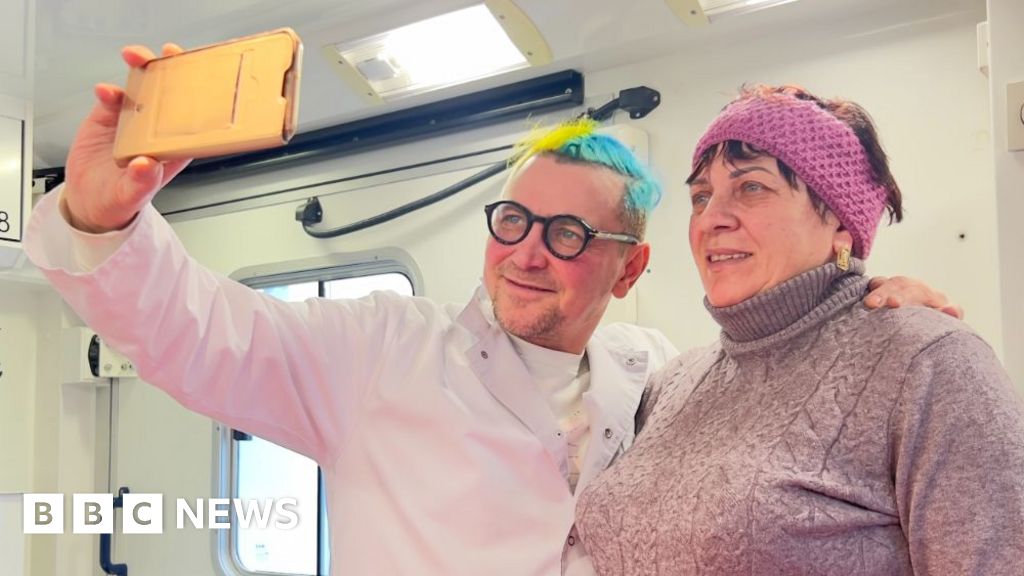Marcia Marcus, a figurative and conceptual artist with a steely will and a bold contemporary style who found fame in the 1960s and then was largely overlooked until she was nearly 90, though she kept working, confidently, decade after decade, died on March 27 in Manhattan. She was 97.
Her death, in a nursing facility, was announced by her daughters, Kate Prendergast and Jane Barrell Yadav.
Ms. Marcus was everywhere that mattered to a young, determined and very talented artist in the late 1950s and ’60s. In Provincetown, Mass., on Cape Cod each summer, painting out of a shack in the dunes. At the Cedar Tavern in Greenwich Village, holding her own. (Willem de Kooning was a paramour.)
She showed at the 10th Street galleries in the East Village, the scrappy spaces run by artists who were ignored by the uptown establishment, and at the short-lived Delancey Street Museum, run by her friends the Tennessee-born Red Grooms and Bob Thompson, the Black figurative painter who died young, both of whom she conscripted to dance and play the bongos at a Happening she staged there. (She read a poem.)
The Whitney Museum included her in its roundup “Young America 1960: Thirty American Painters Under Thirty-Six.” And again, two years later, as part of its “Forty Artists Under Forty” exhibition.
The art critic Brian O’Doherty, reviewing her solo show at an uptown gallery in 1961 for The New York Times, compared Ms. Marcus to Milton Avery, Jean-Édouard Vuillard and Pierre Bonnard.
She was a virtuosic figurative painter — one reviewer described her painting technique as “thinned out shallower than a razor” — with a flat, almost deadpan style resembling that of her contemporary Alex Katz, a comparison that annoyed her. She made portraits of her circle: Lucas Samaras, Mr. Grooms and Mr. Thompson. She painted Jack Kerouac, LeRoi Jones and Jill Johnston, the lesbian feminist author and dance critic at The Village Voice. She painted strangers, too — anyone whose presence she found compelling.
But her favorite subject was herself. She painted herself over and over again, in a variety of costumes and settings, her gaze stern and challenging. She was a helmeted Athena, arms akimbo, wearing a frothy pink chiffon dress from the 1930s; she painted herself as Medusa, and as a reclining nude. In pearls and a red sheath, she placed herself in front of Masada, the Israeli fortress where, legend has it, Jewish soldiers died by suicide rather than surrender to Roman forces.
Not that she would have joined them, had she been there, she told Amei Wallach, the film director and critic, who reviewed a show of Ms. Marcus’s in Newsday in 1979: “I’d be damned if I would take someone’s orders to kill myself.”
“Marcia the difficult,” Mr. Samaras called her teasingly in a letter in 1965.
Ms. Marcus was difficult. Or tough, as the painter Mimi Gross said recently: “And that’s an understatement.”
She had to be. Like her older peers, Alice Neel and Sylvia Sleigh, Ms. Marcus was doubly hobbled, as a woman and as a figurative painter working in a very male milieu, through periods of art history — Abstract Expressionism, Minimalism — when her sort of work was mostly out of fashion. Seen today, it is eye-poppingly modern. Just look at the work of Amy Sherald, who painted Michelle Obama’s portrait.
“Alice Neel, Sylvia Sleigh and Marcia Marcus are all very different,” said Saara Pritchard, the curator who put together a show of the three artists at the Lévy Gorvy Dayan gallery in Manhattan that opens April 10. “Neel is interested in the formal aspects of painting, in character studies; Sleigh is very political, ‘How do we subvert the male gaze, etc.’ Marcus is more conceptual. But they were all working at the same time, and they were free to do what they wanted because no one was paying attention.”
Next week’s exhibit is the latest showcase for Ms. Marcus, who re-emerged as an unknown yet oddly familiar star in 2017. That year, at “Inventing Downtown: Artist-Run Galleries in New York City, 1952-1965,” a show at New York University’s Grey Art Gallery about upstart artist co-ops in the East Village and on the Lower East Side — Ms. Marcus’s scene — many viewers were apparently stopped in their tracks by one of her self-portraits. In the large-scale painting, she stands poker-faced, clad only in tights, heels and a bolero jacket. Who was this startlingly modern painter that seemingly no one had ever heard of, or had long forgotten?
Holland Cotter, in his New York Times review, called the painting “a way-ahead-of-its-time self-portrait” and Ms. Marcus “now obscure.”
Melissa Rachleff, the curator who organized “Inventing Downtown,” was not familiar with Ms. Marcus before she began putting the show together. But when she saw that Ms. Marcus had been part of Mr. Grooms’s gallery, Ms. Rachleff sought her out.
“She was wholly unsentimental, an artist through and through,” said Ms. Rachleff, who met Ms. Marcus in her TriBeCa apartment in 2013 and was struck by her work’s boldness and innovation, and by her sassy stoicism.
“She had lived with financial uncertainty and with the uncertainty of never being successful. She was absolutely uncompromising about it, even through the years of barely selling anything. If she didn’t take herself seriously, no one else would.”
Marcia Helene Feitelson was born on Jan. 11, 1928, in Manhattan, the eldest of two daughters of Frieda (Gelband) Feitelson, who worked as an accountant, and Irving Feitelson, a window dresser for department stores. Marcia grew up in the Inwood section of Manhattan and wanted to be fashion designer. But her mother was adamant that she attend college instead of studying at a trade school, and perhaps become a teacher.
She was only 15 when she entered New York University’s College of Arts and Science, where she earned a bachelor’s degree in art, graduating in 1947. That same year, she married Harry Gutman, who worked for her father, mostly as a way to leave home.
A year later, the marriage was over, and Marcia was determined to change her surname. She had been named for her maternal grandfather, so she chose his first name.
“If I called myself Marcia Marcus,” she said in an oral history interview conducted in 1975 for the Archives of American Art at the Smithsonian, “then I was like myself both ways, in a way, and I had no connections with anything, but it also had some kind of significance.”
She had been drawing all through college, and now began to take classes at the Cooper Union and, later, at the Arts Students League.
Ms. Marcus met her second husband, Terence Barrell, at a party in Provincetown. They married in 1959, and he moved into her New York loft, in Alphabet City. Mr. Barrell was supportive of his wife to an extent that was unusual at the time. He worked as a cook and a teacher, but mostly cared for their two daughters, especially in 1962, when Ms. Marcus won a Fulbright grant to study in France, and the family moved to Paris. For a few years after they divorced in 1972, he continued to build the stretchers for her canvases.
Despite commissions for her portraiture, money was always tight. Ms. Marcus worked as a visiting professor at a series of colleges, including Vassar — piecemeal employment that left her more time to paint, although it meant she was financially insecure. In the 1990s, with great reluctance, she took a job as a substitute teacher in New York City’s public school system.
In addition to her daughters, she is survived by her sister, Barbara Rose, and four grandchildren. Ms. Marcus’s work is in the permanent collections of many institutions, including the Whitney Museum of American Art and the Smithsonian.
Ten months after the Grey Art Gallery show opened in 2017, the Eric Firestone Gallery in NoHo put on a solo show of her work. (Mr. Firestone also thought her self-portrait at the Grey was a standout.) After that, Ms. Marcus appeared in a few more exhibitions before the pandemic dawned, including one at the Borough of Manhattan Community College that paired her with Ms. Gross, the painter.
The critic John Yau, in his review of the show for Hyperallergic, noted that both women used painting as “a vehicle of the imagination.”
“It is a stance that runs counter to other, better-known figurative artists, such as Philip Pearlstein, Alex Katz, and Fairfield Porter,” he wrote. “I would argue that what Marcus and Gross attained is equal to their male counterparts, and in that regard is an integral part of art history.”
Source link

















